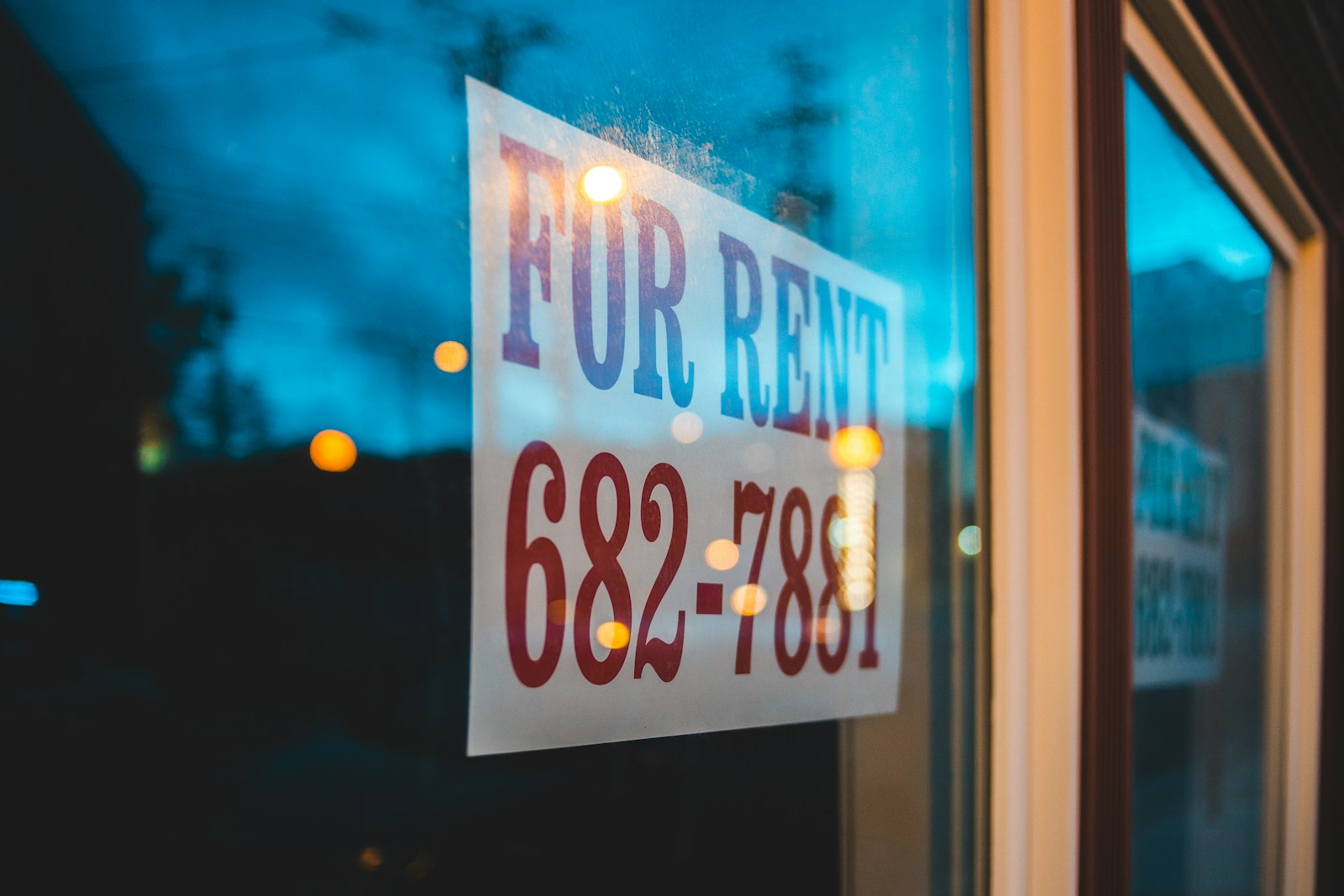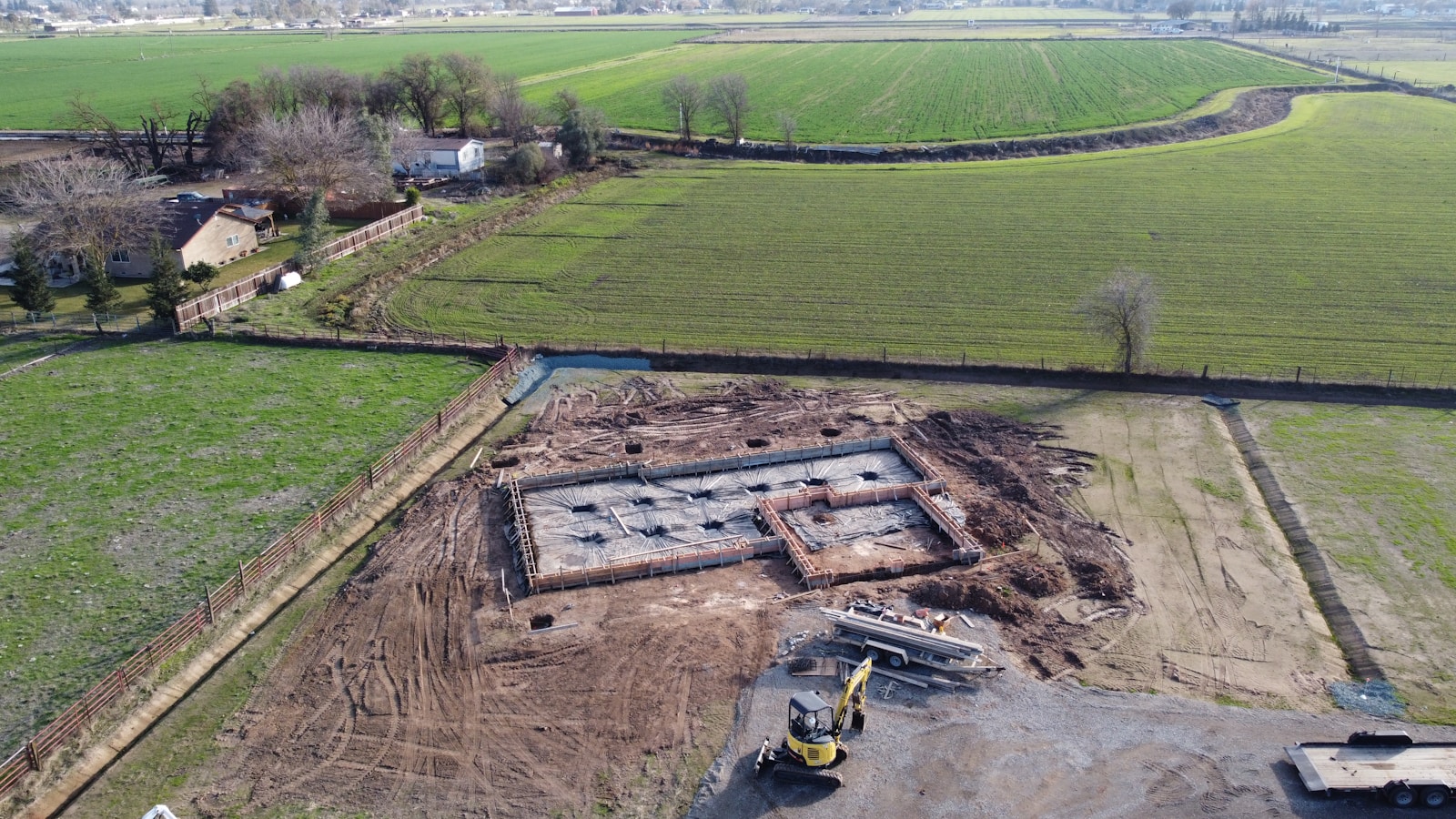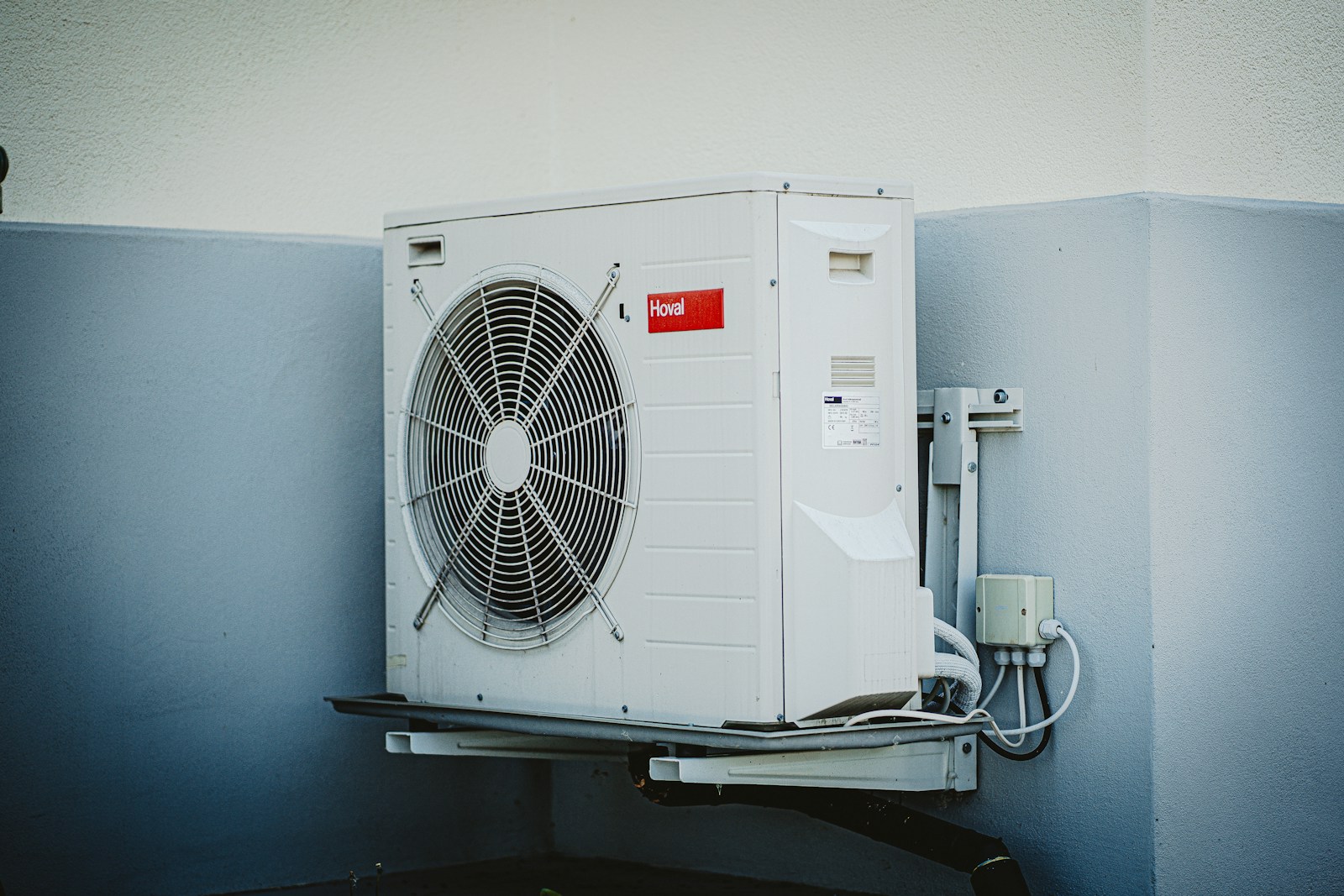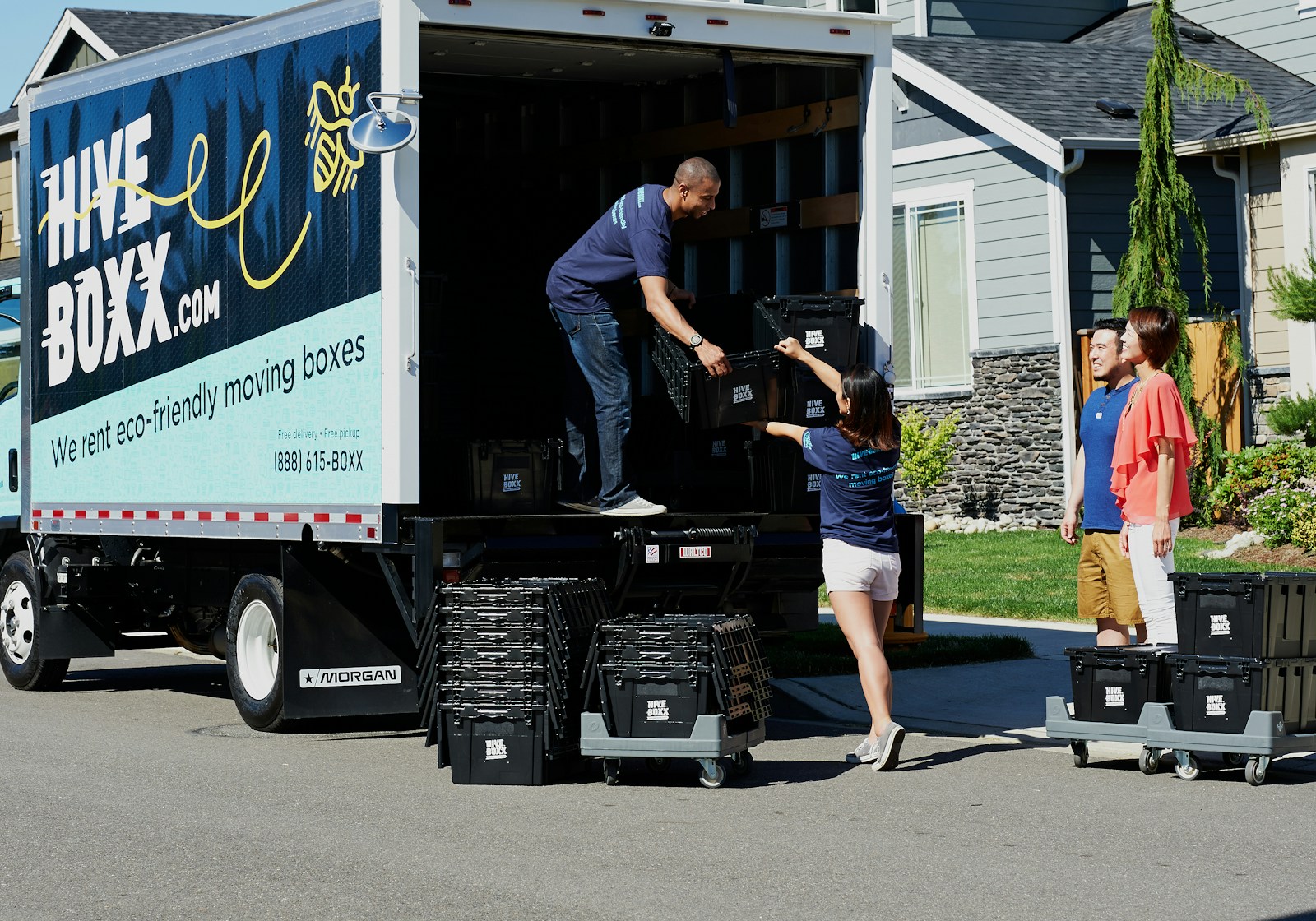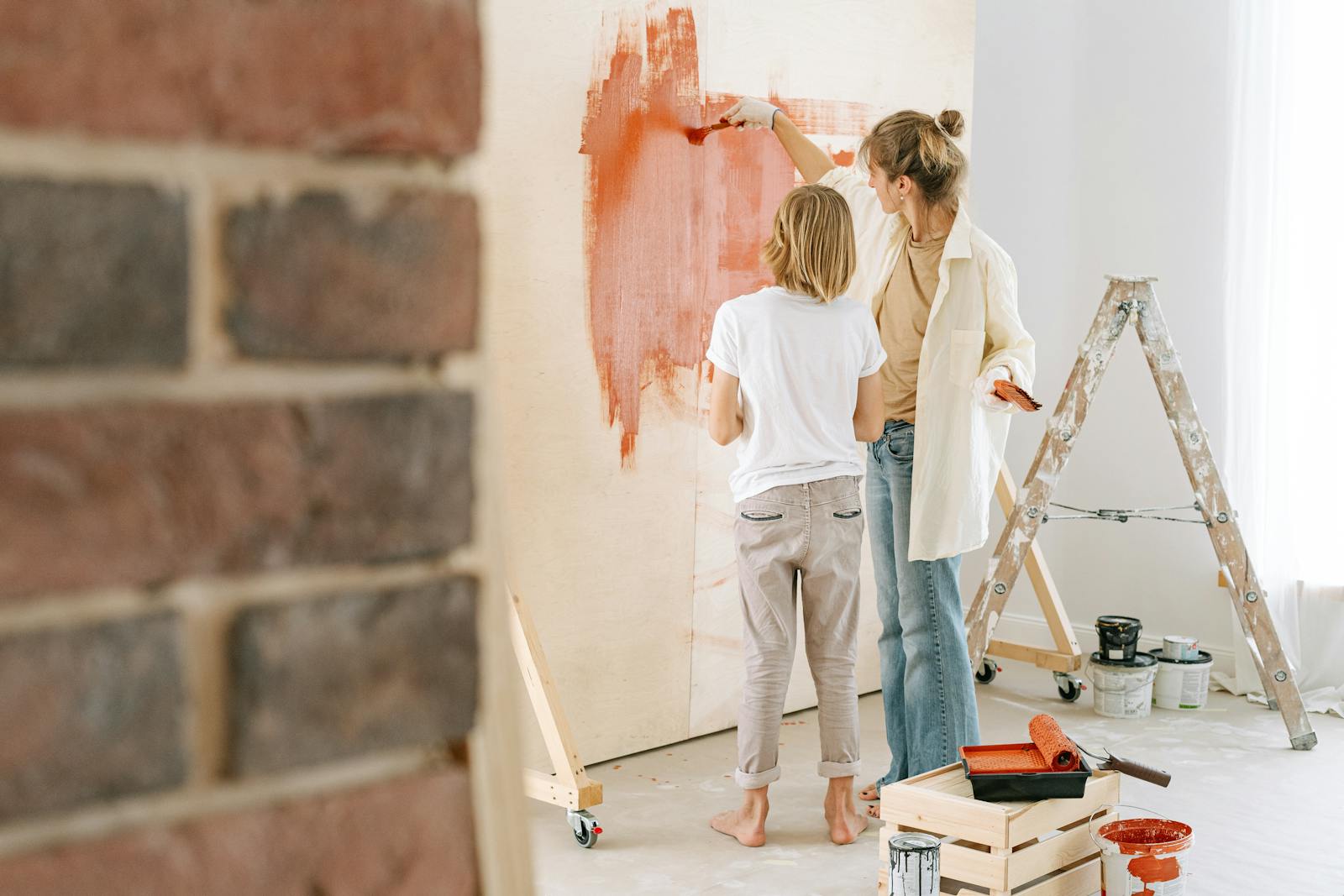Home design planning is a crucial step in the construction of a house. It requires careful consideration of various factors—namely space utilization, aesthetics, functionality, and many others. To ensure that all these requirements are met, it is essential to have reliable sources for research. Some that can provide great aid are ebooks. Aside from being an easily digestible form of content, ebooks also have the distinct benefit of providing access to a vast range of credible and relevant materials. To illustrate, WordsRated reports that nearly 13 million ebooks were published in 2022 alone. In addition, an article entitled Why are Ebooks Important? states that these resources are money-saving, time-saving, and accessible—factors that are invaluable for busy homeowners.
Where to access ebooks on home design planning
Ebooks on home design are available on various online platforms. That said, digital libraries can make finding relevant design ebooks even more convenient. Ebooks on Everand make up an extensive collection in a single repository, all of which can be accessed for a low monthly fee similar to the cost of one physical book. They can be viewed on desktop websites and are free to download on mobile as an app. Among Everand's many different titles and genres, they feature a lot that is relevant to home design planning. This includes works from reputable authors like Amy Azzarito, a design historian and expert on decorative arts, and the editors of Creative Homeowners, with helpful titles like The Elements of a Home and the Ultimate Book of Home Plans.
Ebooks are also available in cooperation with local learning institutions. For instance, there's the Libby application, which includes titles from public and university libraries. It allows patrons to borrow and download a diverse range of home design resources for free, including popular titles like Home Extension Design by Julia Owen and Design a Healthy Home by Oliver Heath.
With their numerous benefits of diverse content, practical advice, and accessibility, it's clear that ebooks are essential companions for anyone looking to create their ideal home design. As such, below are some aspects in which ebooks can help home design plans.
Aspects of home design planning that ebooks can help with
Design inspiration
One of the main advantages of ebooks for home design inspiration is the sheer volume of content available. From basic information like Elements of Style by Erin Gates to themed decorating guides like Cozy Cottage & Cabin Designs by Design America Inc., there are ebooks covering every aspect of home design. With the overwhelming number of things to accomplish based on our post Things to Do Before Moving Into Your New Home, ebooks can help address one of them by helping create a general design plan.
The digital format of ebooks ensures quality images and illustrations, making it easier to visualize design ideas. Instead of having to rely on vague descriptions or small, low-quality pictures in traditional books, ebooks offer stunning visuals that can spark ideas and ignite creativity. Additionally, many ebooks allow for annotations and note-taking, which can be useful for keeping track of ideas, creating mood boards, or making design plans.
Budgeting costs
Ebooks on home design cover a wide range of topics, including tips for budgeting and cost-saving strategies. These ebooks can provide valuable insights on how to plan and prioritize expenses, as well as how to get the most out of your budget. Homeowners can learn about different ways to cut costs without sacrificing style or quality by reading titles like First-Time Home Buyer by Scott Trench or Home Buying 101 by Jon Gorey.
The frequency in which ebooks are published and updated compared to physical books also allows them to better provide insights into the latest trends and innovations in home design. By staying informed about the newest materials, technologies, and design ideas, individuals can make informed decisions about where to allocate their budget for the best long-term value. This can ensure that money is spent wisely on elements that will stand the test of time.
Technical aspects
Ebooks provide in-depth technical information in a clear and concise format, from titles like DIY Home Improvement Manual by Jackson Bennett to Fundamentals of Residential Construction by Edward Allen. Unlike traditional print resources, ebooks can offer interactive features that can help users visualize and understand technical concepts. This can be especially beneficial for homeowners who may not have a background in technical design but still want to be informed and involved in their home improvement projects.
Moreover, ebooks are often updated regularly to reflect the latest industry standards, building codes, and best practices. This ensures that readers have access to the most current and relevant technical information, enabling them to stay informed and up-to-date with the latest trends and developments in home design.
Article written by Rosalie Jaen
Exclusively for
Balance Real Estate Group


